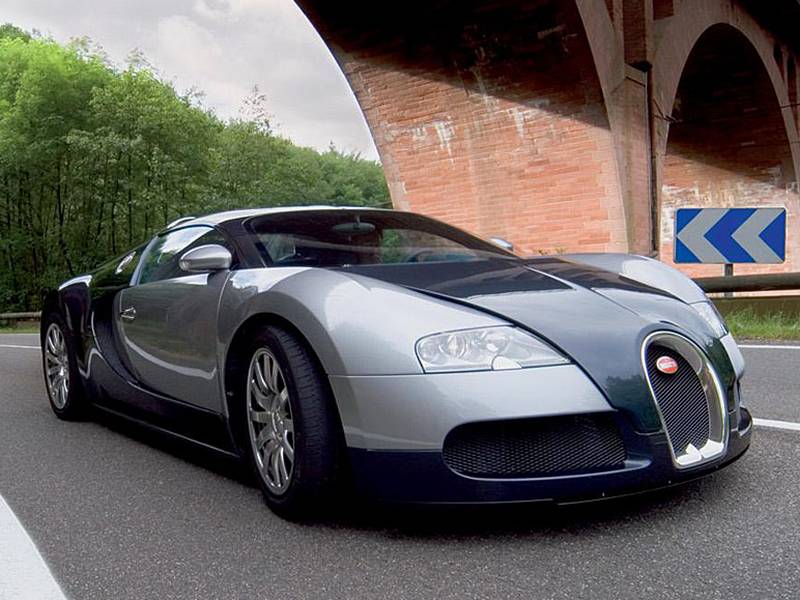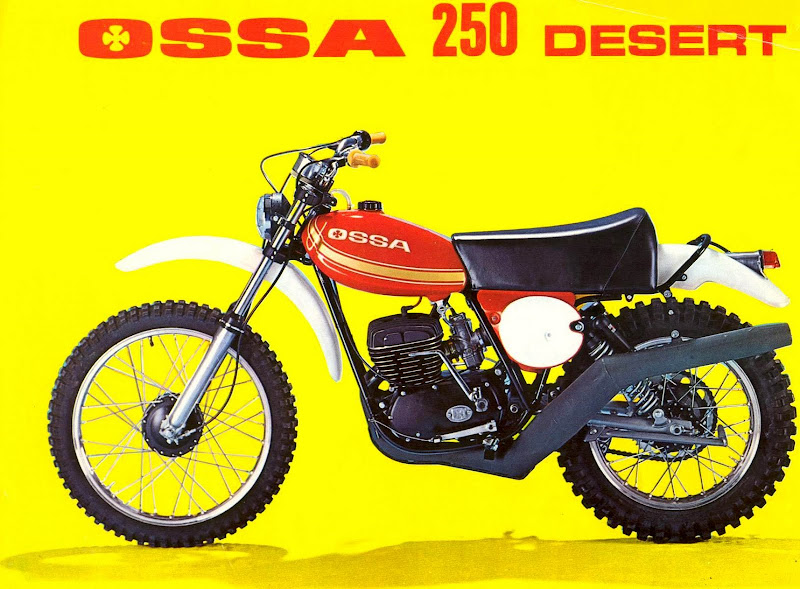.'57 Chevy is the nickname of the 1957 Chevrolet, introduced September, 1956 by General Motors. It was available in three series models: the upscale Bel Air, the mid-range "two-ten", and the "one-fifty". A two-door station wagon, the Nomad was produced as a Bel Air model. An upscale trim option called the "Delray" was available for two-ten 2-door sedans.

A fourth designation was also available in limited quantities, the Chevrolet "El Morocco", a custom hand-built Chevy mimicking the Cadillac of the era. It is a popular and sought after classic car. These vehicles are often restored to their original condition and sometimes modified. The car's image has been frequently used in toys, graphics, music, movies and television. The '57 Chevy is an auto icon.
Initially, General Motors executives wanted an entirely new car for 1957, but production delays necessitated the 1955-56 design for one more year. Ed Cole, chief engineer for Chevrolet, dictated a series of changes that significantly increased the cost of the car. These changes included a new dashboard, sealed cowl, and the relocation of air ducts to the headlight pods, which resulted in the distinctive chrome headlight that helped make the '57 Chevy a classic.

Fourteen-inch wheels replaced the fifteen-inch wheels from previous years to give the car a lower stance, and a wide grille was used to give the car a wider look from the front. The now famous '57 Chevy taifins were designed to duplicate the wide look in the rear. Bel Air models were given gold trim: the grille, front fender chevrons, hood, and trunk script were all rendered in anodized gold. The base engine was an inline 6-cylinder called the Blue Flame Six. The engine was smooth running and more fuel-efficient than the V-8. Carburetion came from a single one-barrel carburetor.
Body choices for 1957 included 2 and 4-door sedans (identified by the "posts" between door windows), the two-door hardtop (also known as a sports coupé; the car has no post between the front and back window when the windows are lowered), the four-door hardtop (also known as a sports sedan), the utility coupé, a two-door sedan with a package shelf instead of a rear seat, the delray "club coupe" which was a 210 model 2 dr sedan, two styles of two-door station wagon, the top-of-the-line Bel Air Nomad with a sloped pillar behind the hardtop door and sliding windows at the rear seat, and the basic Handyman with an upright sedan B-pillar and a C-pillar where the four-door wagons have one, available only in 150 and 210 trims. The four-door, six-passenger station wagon, the four-door, nine-passenger station wagon (both called Townsman in the 150 series and Beauville for the Bel Air version), and the convertible. Unlike most competitors, the Chevrolet four-door hardtop featured a reinforced rear roof structure that gave the car added rigidity and a unique appearance in silhouette. The 1957 Chevy was called by some a "Baby Cadillac" because of many similar styling cues to Cadillacs of the time.

Although not a production model, the 2-door wagon could be had with Bel Air trim (not Nomad). I know because my Dad had one. It had been ordered with 283 power-pak and 2-speed powerglide.
There were many options available, most of which were designed to make the car more comfortable and luxurious. Air conditioning was offered though rarely ordered, as was a padded dash. Power steering and power brakes were available, as well as a signal-seeking AM radio and power antenna. Power windows and power seats were also available. A rear speaker could be purchased which required a separate volume knob to be installed in the dash, beside the radio — this rear speaker was touted as providing "surround" sound. An "autotronic eye" was offered; it was a device that bolted onto the dashboard and sensed the light from oncoming traffic, dimming the headlights automatically. One unique option was an electronic shaver, connected to the dash.

Another dash-mounted item was the traffic-light viewer, a ribbed plastic visor that was installed just above the speedometer. Because the roof extends so far into the windshield, it is hard to see overhead traffic lights from the driver's seat. The traffic light viewer captured the reflection of overhead traffic lights so that the driver didn't have to lean forward to see past the edge of the windshield.
1957 was the first year that Chevrolet ever offered fuel injection as an option. A 283 in³ engine fitted with solid lifters and fuel injection was rated at 283 hp (211 kW). Solid lifters were designed to allow the engine to achieve higher RPMs, but proved a tad too temperamental for non-racers. To accommodate more casual drivers, a 250 hp (186 kW), hydraulic lifter version of the fuel injected engine was also offered.

Fuel injection continued as an option throughout the early 1960s. However, most mechanics of the time didn't have the experience to keep the units running properly. This prompted most buyers to opt for conventional carburetion. A single four-barrel carburetor rated at 400 c.f.m. coupled with a dual-exhaust package was known as the "power pack". Two four-barrel carburetors could also be ordered. The "dual quad" engine could be ordered with hydraulic lifters producing 245 hp (183 kW), or with solid lifters producing 270 hp (201 kW). The dual quad configuration required a special breather assembly that has been nicknamed the batwing breather. The prices averaged around 2000 dollars during this time period. Standard carburetion on V-8 models came from a single two barrel carburetor, coupled with a single tailpipe.

1957 was also Chevrolet's first offering of a turbine transmission, known as the Turboglide. It was a design concept that Buick had developed with their Dynaflow transmission. However, due to a reliability reputation caused by its complexity, most automatic transmission buyers shunned the Turboglide in favor of the two-speed Powerglide that had been offered since 1950. At the time the Turboglide casing was the largest cast aluminum component ever put into mass production. But it never recovered from the reputation in 1957 and the option was discontinued in 1961. Manual transmissions were limited to three-speed, column shifted units (with synchromesh in second and third gear only). An overdrive unit was available as an option on the three speed manually shifted transmission cars. There are rumors that a handful of 1957 Chevrolets left the factory with Corvette 4-speed, floor-shifting transmissions. No concrete documentation exists to back this claim up.
all pictures via :
blog.hemmings.com.



















 7:51 AM
7:51 AM
 Admin
Admin



















































